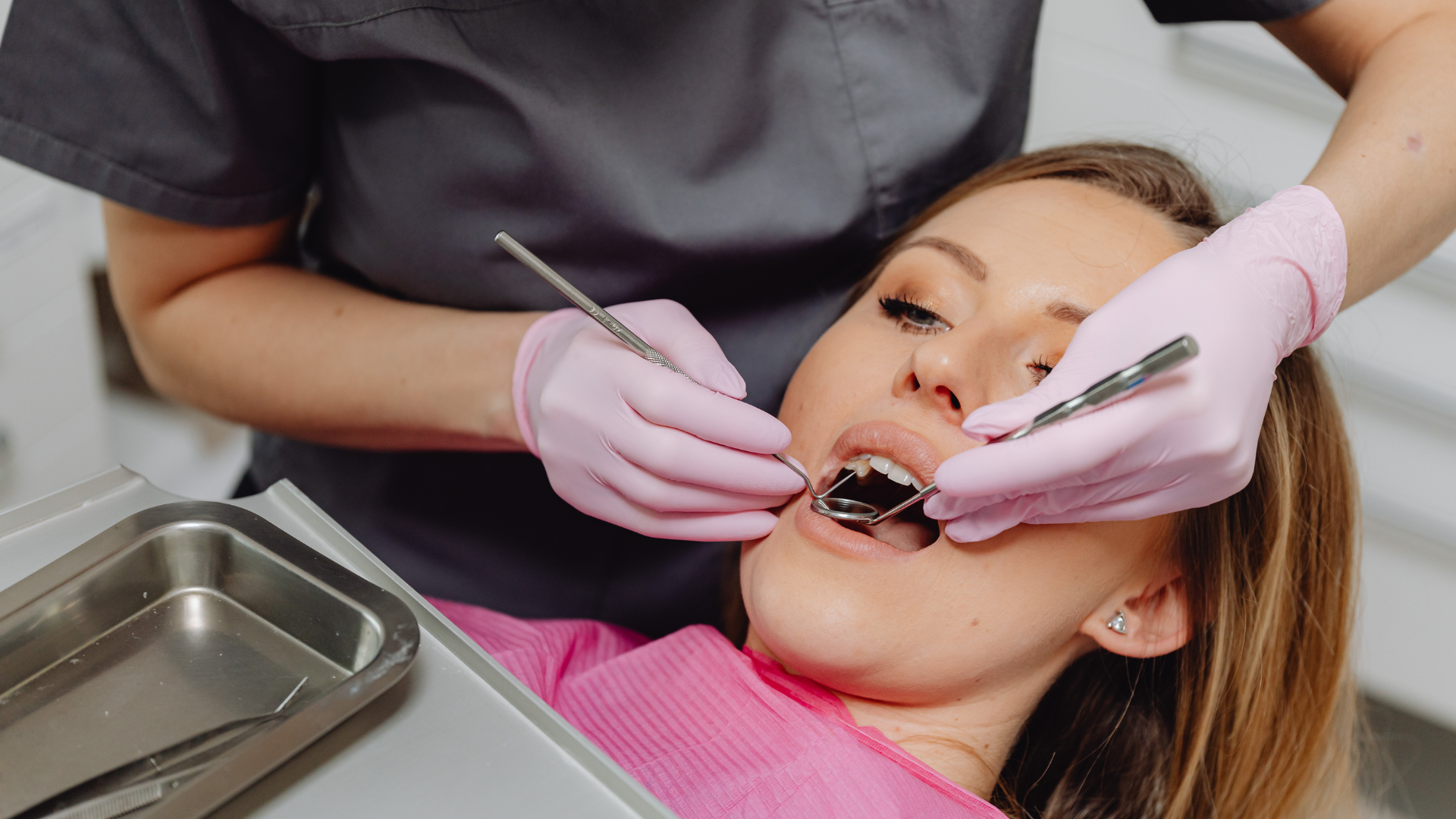What Parents Should Know Before a Pediatric Dental Extraction
When it comes to pediatric dental extractions, many parents feel anxious—and children often do too. Whether your child needs a baby tooth removed due to decay, or a permanent tooth extracted to make room for orthodontic treatment, knowing what to expect can make all the difference.
At Danforth Neighbourhood Dental Centre, we believe that preparation is key. In this blog, we’ll guide you through everything you need to know to feel confident, calm, and ready—so your child’s experience is as safe and stress-free as possible.
Why Pediatric Extractions Are Sometimes Necessary
Dental extractions in children can be necessary for several reasons, including:
- Severe tooth decay that cannot be restored
- Infection or abscess around a baby or adult tooth
- Orthodontic reasons like overcrowding or misalignment
- Trauma to the tooth from injury or accident
While the idea of a dental extraction may sound intimidating, modern pediatric dentistry techniques make the process comfortable and safe.
What to Expect During the Extraction Process
1. Pre-Extraction Examination
Before the extraction, your pediatric dentist will conduct a thorough exam. This may include:
- Reviewing your child’s medical history
- Taking dental X-rays to evaluate the tooth and surrounding bone
- Discussing the best sedation option (such as local anesthetic or nitrous oxide)
This planning phase helps reduce the risk of complications and ensures your child’s treatment is personalized and age-appropriate.
2. The Day of the Procedure
During the procedure, your child will be made as comfortable as possible. Pediatric dentists are specially trained to create a calm environment and explain each step in a child-friendly way.
Depending on the situation, the dentist will gently loosen and remove the tooth using specialized tools. The procedure is generally quick and well-tolerated, especially when children are reassured and properly prepared.
3. Post-Extraction Care and Recovery
After the extraction:
- Your child may experience some mild swelling or discomfort
- Soft foods like yogurt, applesauce, and smoothies are recommended for the first 24–48 hours
- Avoid drinking through a straw or touching the extraction site
- Your dentist will provide detailed aftercare instructions, including how to manage discomfort and prevent infection
Healing typically occurs within a few days, and most children return to normal activities shortly afterward.
How to Prepare Your Child for a Tooth Extraction
1. Stay Calm and Positive
Children pick up on their parents’ emotions. If you appear anxious, your child may also feel scared. Use age-appropriate, positive language and reassure your child that the dentist is there to help.
Avoid using words like “pain” or “needle.” Instead, talk about how the dentist will help make their smile feel better.
2. Talk About the Process Ahead of Time
Help your child understand the basics of what will happen. You might say something like:
“The dentist is going to gently wiggle your tooth out so that your mouth stays healthy.”
Letting your child ask questions—and answering them in a calm, honest way—can reduce anxiety.
3. Choose an Experienced Pediatric Dentist
Pediatric dentists are experts in child-specific care. At Danforth Neighbourhood Dental Centre, our friendly dental team is trained in behavior management, child psychology, and sedation techniques to make each visit smooth and relaxed.
We’re proud to offer a warm, welcoming environment tailored to the needs of young patients and their families.
Planning for Recovery at Home
Preparing your home ahead of time can help your child’s recovery go smoothly:
- Stock up on soft foods and liquids
- Set up a quiet rest area with books, blankets, or their favorite show
- Avoid strenuous activity for 24 hours post-procedure
- Follow all dental instructions for cleaning and medication
Also, be on the lookout for signs of complications, such as fever, prolonged bleeding, or increasing pain, and contact your dentist if anything seems out of the ordinary.
Choosing the Right Dentist for Your Child’s Extraction
If your child needs a dental extraction, working with a compassionate, experienced pediatric dentist makes all the difference. At Danforth Neighbourhood Dental Centre, we specialize in children’s dentistry and take pride in making every child feel safe, seen, and cared for.
Whether your child needs a simple extraction or ongoing dental care, our team is here to guide you every step of the way.
Conclusion
Pediatric dental extractions don’t have to be scary. With the right preparation, a calm approach, and a trusted pediatric dentist, your child’s experience can be simple, smooth, and comfortable. If you're searching for expert children’s dentistry in Toronto, Danforth Neighbourhood Dental Centre is here to help.
Frequently Asked Questions
Is it safe for my child to have a dental extraction?
Yes. When performed by a licensed pediatric dentist, extractions are safe and routine. Your dentist will assess your child’s health to ensure a smooth experience.
How long does it take for my child to recover?
Most children heal within a few days to one week. Following aftercare instructions is key to a quick recovery.
What if my child is nervous about the procedure?
Pediatric dentists are trained to handle dental anxiety. Sedation options, child-friendly communication, and a comforting environment can ease their fears.
This content is for informational purposes only and does not substitute professional dental advice. Always consult a licensed pediatric dentist for guidance tailored to your child’s specific needs.





